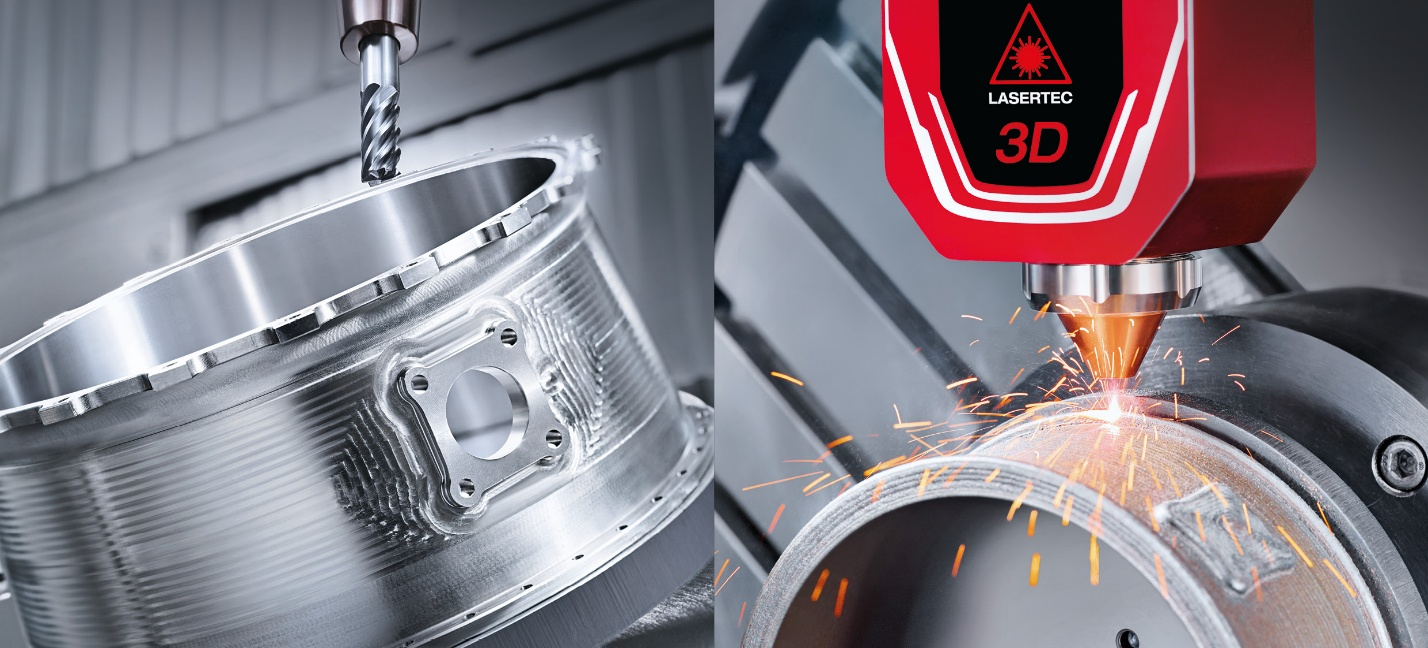The thermal expansion coefficient of aluminum material is large, and it is easy to deform when processing thin-walled materials. Especially when free forging blanks are used, the machining allowance is large, and the deformation problem is more prominent.
Now let's learn the deformation treatment method of CNC machining aluminum alloy parts.
In the process of carbide cutting, there are many reasons for the deformation of aluminum alloy workpieces due to the shape and characteristics of the workpiece, as well as the mechanical properties of the workpiece, mainly in the following aspects:
Deformation caused by internal stress of blank, deformation caused by cutting heat, clamping force, etc.
For the processing problems of such mechanical parts, Shenzhen Weimaite Hardware Co., Ltd., which has 11 years of experience, has obtained partial solutions.
Improve tool structure
Reduce milling cutter teeth and improve cutting edge quality.
Because of the large plasticity of the aluminum alloy material, the cutting deformation is large during the processing, and a large chip space is required, so it has the characteristics of large groove bottom radius and small number of milling cutter teeth.
Before applying a new knife, the front and back sides must be lightly ground with a fine grinding stone to eliminate the grinding tooth marks and sawtooth marks remaining on the blade, which can not only reduce the cutting heat, but also reduce the cutting deformation, and strictly control the tool wear standard.
Finely ground teeth
The higher the cutting temperature, the greater the surface roughness of the workpiece and the greater the deformation of the workpiece. Therefore, in addition to the selection of tool materials with good wear resistance, the wear of the tool should be strictly controlled, otherwise deposits are likely to occur, and the temperature of the product during the cutting process should not be too high to prevent deformation.








